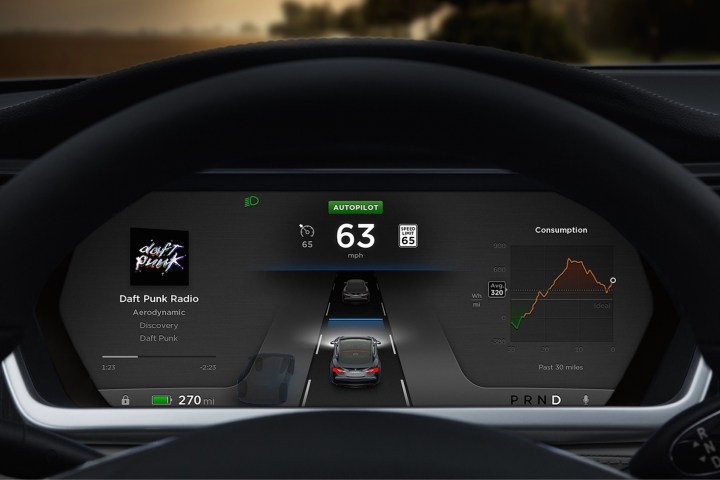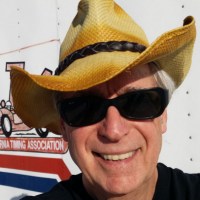
A Tesla driver driving with Autopilot mode engaged in Beijing crashed into a car partially parked on the left side of the highway. Tesla said it did not detect — from data continuously transmitted from the car — that the driver had both hands on the wheel at the time of the crash. Chinese law requires drivers keep two hands on the steering wheel at all times.
Tesla has maintained all along that Autopilot is not a self-driving mode and has warnings to that effect in the manual and in the vehicle when Autopilot is engaged. Previously there appeared on the automaker’s Chinese website the term “zidong jiashi,” which literally translates to “self-driving,” although it also means “autopilot,” and the term “autopilot” also appeared several times, Reuters reported. Late Sunday the words were removed and replaced by a term that translates to “self-assisted driving.”
A Tesla spokesperson emailed a statement to Reuters that said, “At Tesla we are continuously making improvements including to translation. We’ve been in the process of addressing any discrepancies across languages for many weeks. Timing had nothing to do with current events or articles.”
A Tesla employee not authorized to speak to media told Reuters that Tesla’s China staff have received additional training following the August second crash. The company re-emphasized that employees demonstrating the autopilot function must keep both hands on the wheel. Tesla drivers told Reuters the opposite had been the case, that Tesla sales personnel took their hands off the wheel to demonstrate the function.
Automakers are cautious following a fatality in May 2016 involving a Tesla driver using Autopilot mode. That incident touched off worldwide scrutiny. Last month Mercedes-Benz pulled a TV commercial for the 2017 E300 that showed a driver lifting both hands off the wheel after consumer complaints.
Just last week Volvo clarified a tweet that mentioned the Volvo S90’s “self-driving Pilot Assist.” Volvo spokesperson Russel Datz said the use of the term “self-driving” was an error, according to Electrek.
It may be a sign of how much consumers want truly self-driving cars that many assume vehicles have capabilities beyond the current state of technology. If carmakers even hint that their cars can drive themselves, consumer expectations quickly exceed reality. Automakers as a result are getting a wake-up call about precise terminology and controlling expectations.
Editors' Recommendations
- Tesla Autopilot vs. full self-driving: What’s the difference?
- Tesla hopes full self-driving beta will be out globally by the end of 2022
- We now know what the self-driving Apple Car might look like
- Tesla issues stark warning to drivers using its Full Self-Driving mode
- Elon Musk suggests Autopilot was off in fatal Texas Tesla crash




